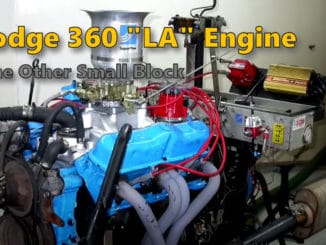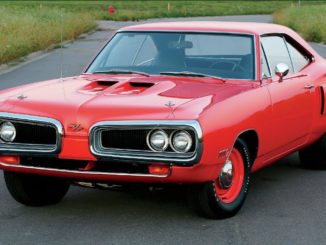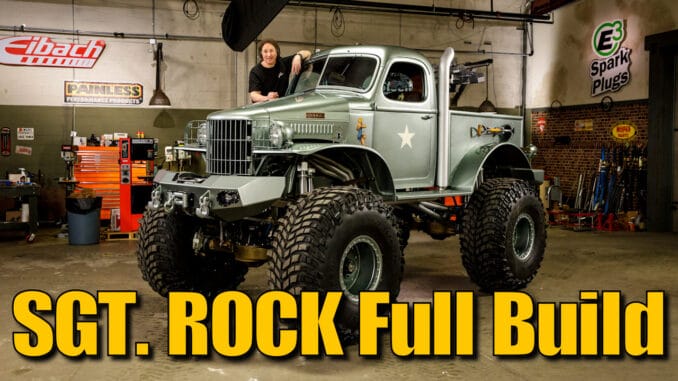
A seismic shift has occurred in the realm of lifted trucks, elevating the significance of size. A mere few years ago, a truck with 4 to 6 inches of lift and 35-inch tires was deemed substantial. However, the landscape has evolved, with 8 to 10 inches of lift and 38 to 40-inch tires becoming the new standard. This trend has ignited a growing curiosity about such modifications’ safe and legal aspects – a challenging synergy to achieve. In response, the Sgt. Rock project emerges as a showcase of the intricate planning and design required to construct sizeable rigs and as an avenue to explore what is permissible, pragmatic, and financially viable for enthusiasts embarking on similar endeavors.
Stacey David’s Sgt. Rock Full Build!
Central to the Sgt. Rock project is a dual purpose: to demystify the strategic intricacies of constructing imposing vehicles and to navigate the often-conflicting terrains of legality and safety. Emanating from this project is an endeavor to shed light on the nuances of what is permissible within the bounds of the law while ensuring the safety of both drivers and passengers.
At its core, every project commences with the search for the ideal vehicle. For the Sgt. Rock project this entailed a deliberate choice: a World War II-era half-ton WC Weapons Carrier, colloquially known as a military 1/2 ton Dodge 4×4 pickup truck. These iconic army trucks exude an unparalleled ruggedness and a bold, testosterone-infused aura steeped in history. Additionally, their generously sized fender openings make them conducive to accommodating the oversized tires intended for the project.
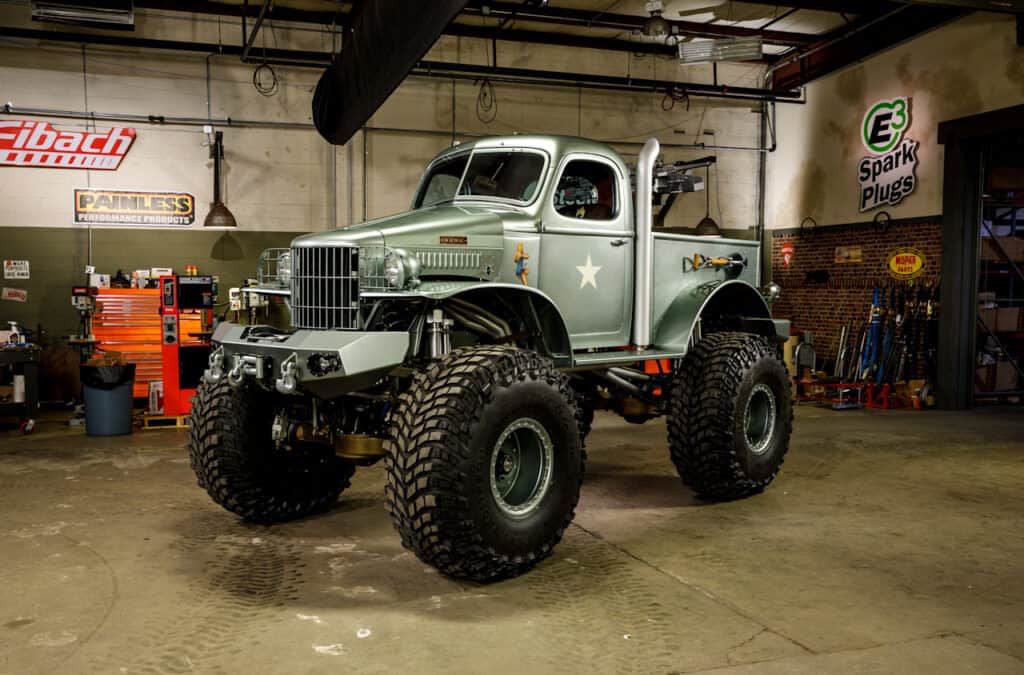
However, the pursuit of this vision was not without challenges. The WC Weapons Carrier was produced solely in 1941, adding to their rarity. These trucks, being the precursor to the famed Power Wagon, were highly sought after by World War II enthusiasts, leading to most restorable models already being acquired. The rest had suffered from parts scavenging or deterioration from years of neglect. Thus, the hunt persisted, with the author meticulously scouring the landscape for a viable candidate.
The quest reached an unexpected culmination when a ’41 Dodge was unearthed, hidden amidst trees near the author’s parental residence in Belleview, Idaho. Decades of abandonment had taken their toll, as evidenced by the absence of the original bed and the makeshift replacement that now occupied the truck’s rear.
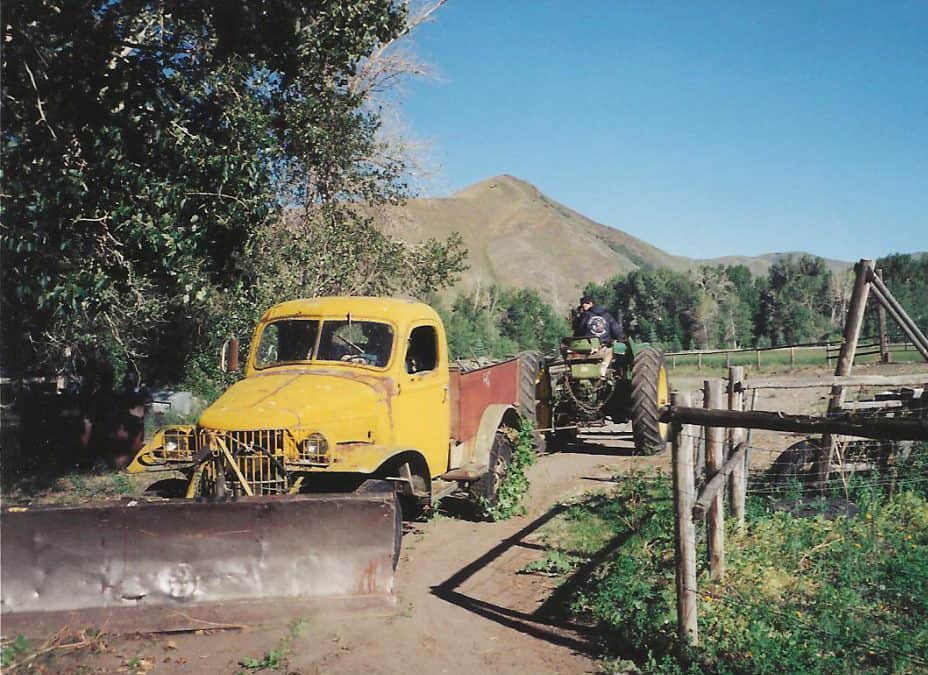
The Dodge cab had undergone a transformation, being swapped for a nearly identical International version, spliced at the cowl. Adding to the amalgamation was an old snowplow welded beneath the undercarriage. Yet, amidst these alterations, a silver lining emerged. The cab, fenders, hood, grille, and more were remarkably free of rust and astonishingly straight – an unexpected boon. This discovery marked a pivotal moment as a deal was brokered, and the ’41 Dodge began its journey to the author’s workshop.
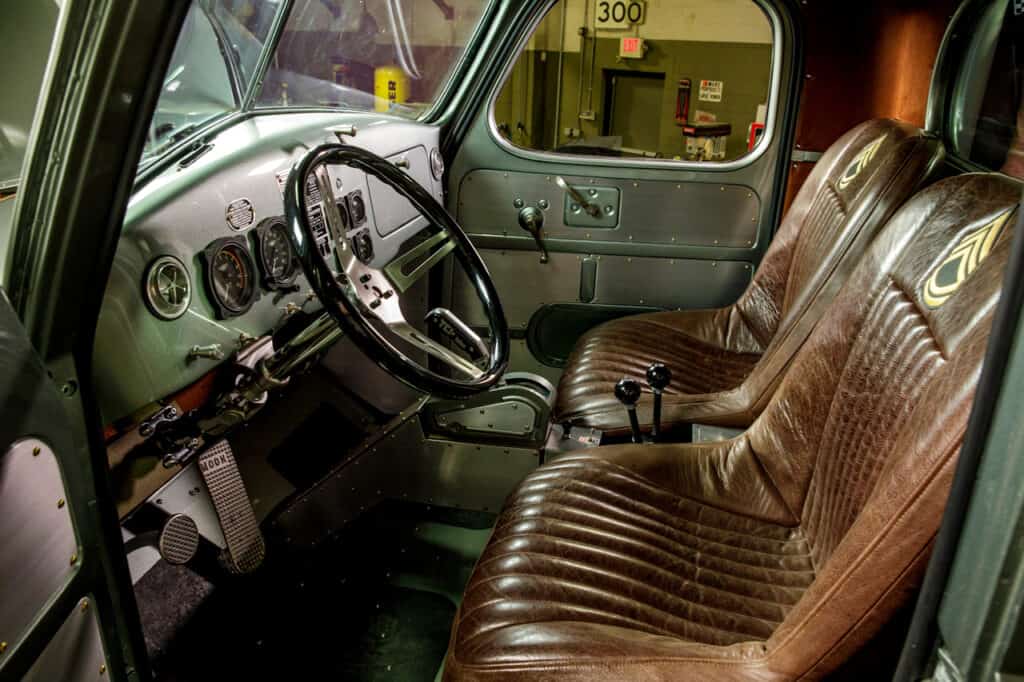
The project’s title, Sgt. Rock, bears a military connection that extends beyond surface impressions. It represents a fusion of history and meaning, linking the truck’s transformation with the restoration of the storied WWII B-17 Bomber, the Memphis Belle. This homage is not confined to veterans of that era but encompasses all who have worn the American uniform in the pursuit of freedom. As the project inches closer to fruition, the melding of a 1940s-style Hot Rod with a robust, elevated military truck becomes increasingly evident.
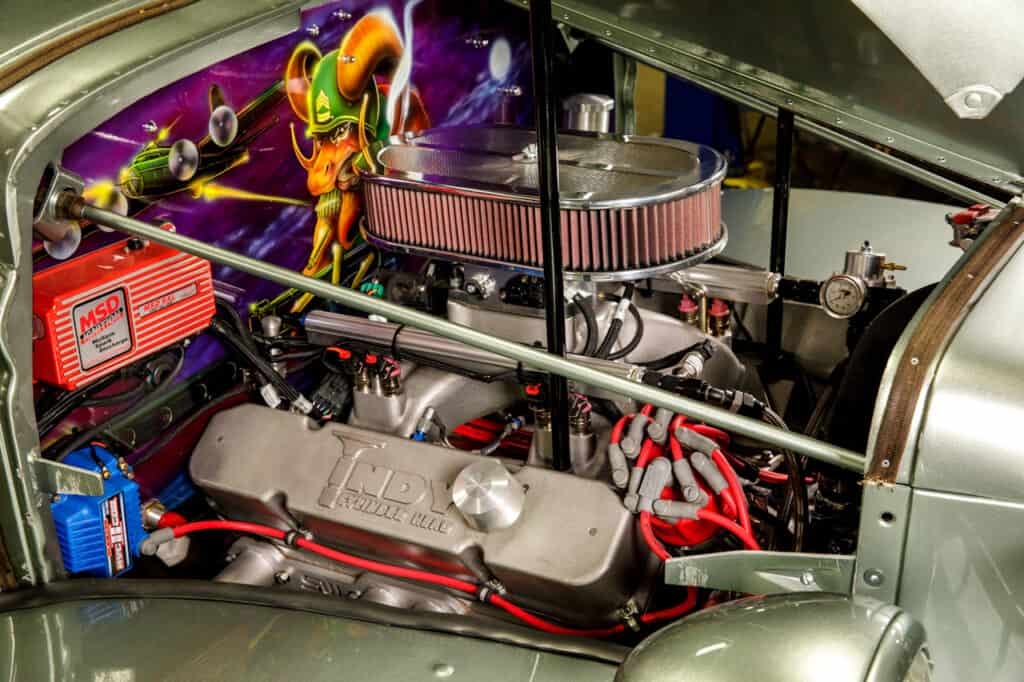
The evolution of lifted trucks has prompted a reevaluation of size’s significance within the community. The Sgt. Rock project epitomizes this evolution by offering insights into the complexities of designing and constructing substantial vehicles while also navigating the intricate interplay of legality and safety. This project is not merely a testament to engineering and design but a tribute to history, veterans, and the spirit of freedom that the project embodies.
History of the Dodge 1/2-ton VC Series Military Trucks
Dodge produced its first prototypes of the 1/2 ton 4×4 VC series military trucks, based on the civilian TC series, in late 1939. Production of the VC series started in 1940. The ’40 VC-series Dodge 1/2-ton 4x4s were well-liked but considered a stopgap because they were essentially a modified civilian truck. At the outset of World War II, a more military layout was designed. Dodge replaced the 1940 VC-1 to VC-6 with the equally ?1/2-ton WC series of military light trucks, produced in 38 model variants, in varying numbers — thousands of some models were produced, while only a few of some others were made. While the VC-series used much civilian sheet metal, distinguished by a brush-guard in front of the grille, the WC-series had a redesigned nose with an integrated, round grated grille / brush-guard. Both the Dodge half-ton VC and WC trucks were part of the Army G-505 series. 79,771 of the ?1/2-ton trucks were produced during late 1940–1942 under War Department contracts. ?1/2-ton rated WC models were numbered in the 1 to 50 range.
Common features of the 1/2 ton trucks were:
- Drive: 4×4 Wheelbase: 116 in (123 in for ambulances)
- Track width: 59.375 in
- Tires: 7.50×16
- Brakes: Hydraulic
- Engine: 6 cyl, in-line, L-head
- Transmission: 4 forward/1 reverse, manual
- Transfer case: Single speed



